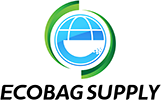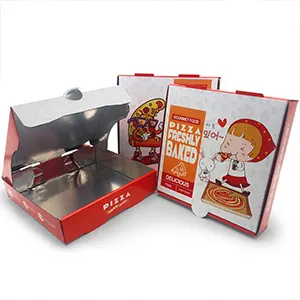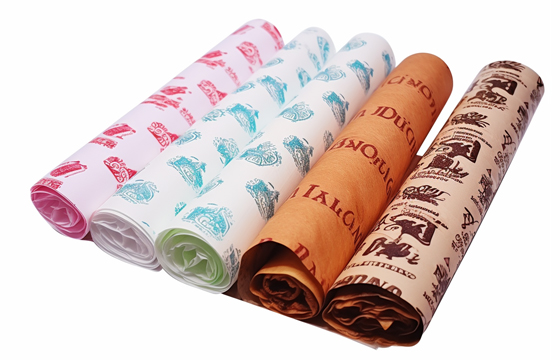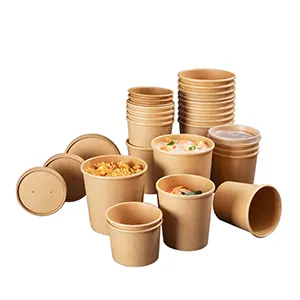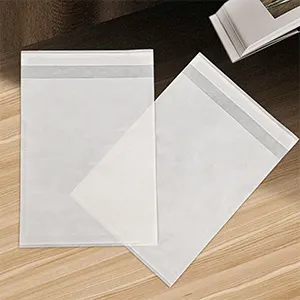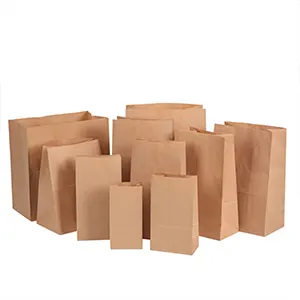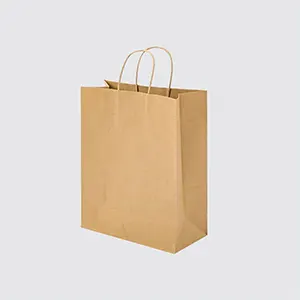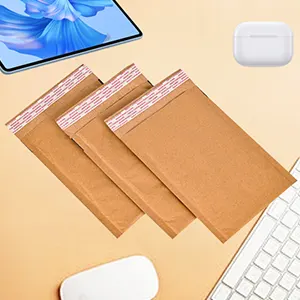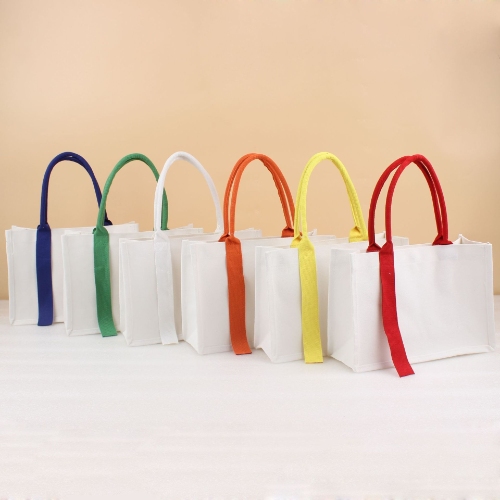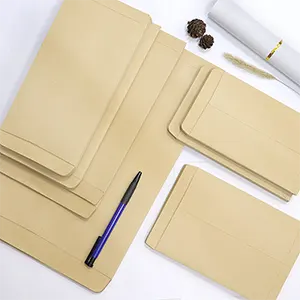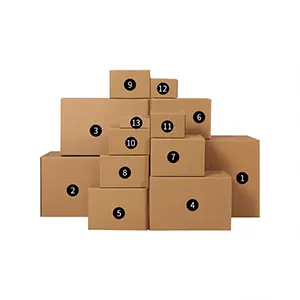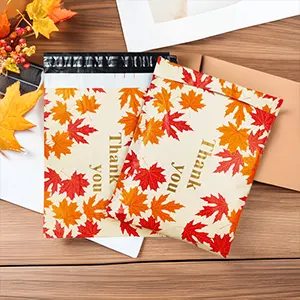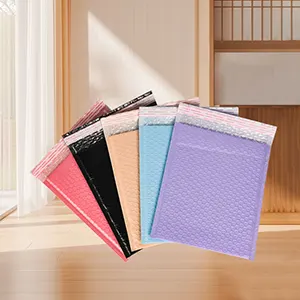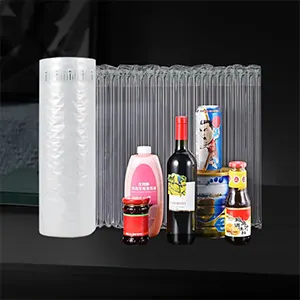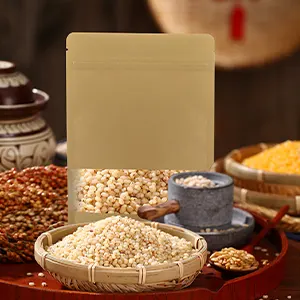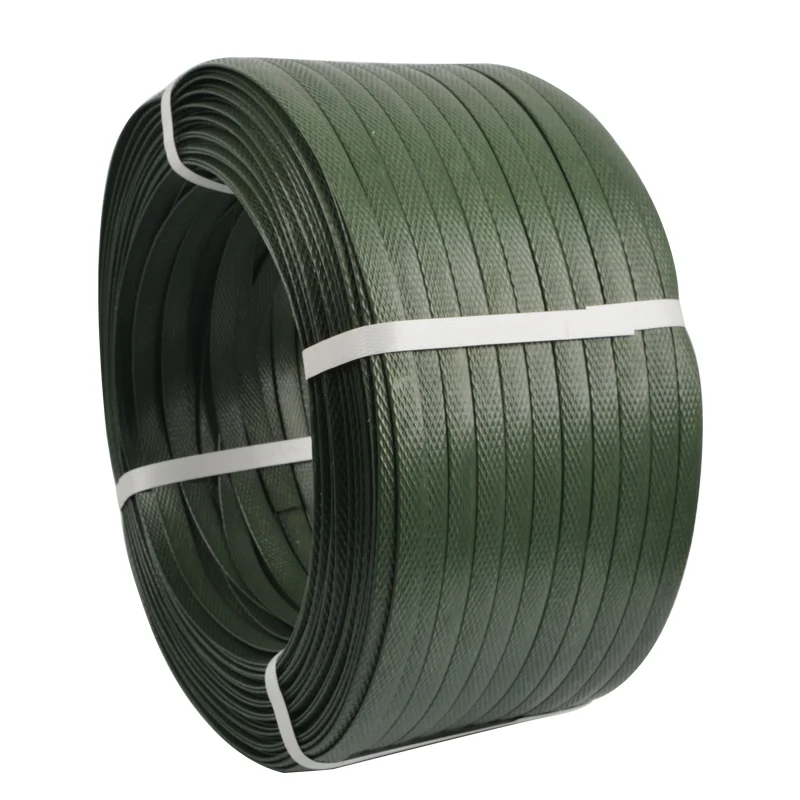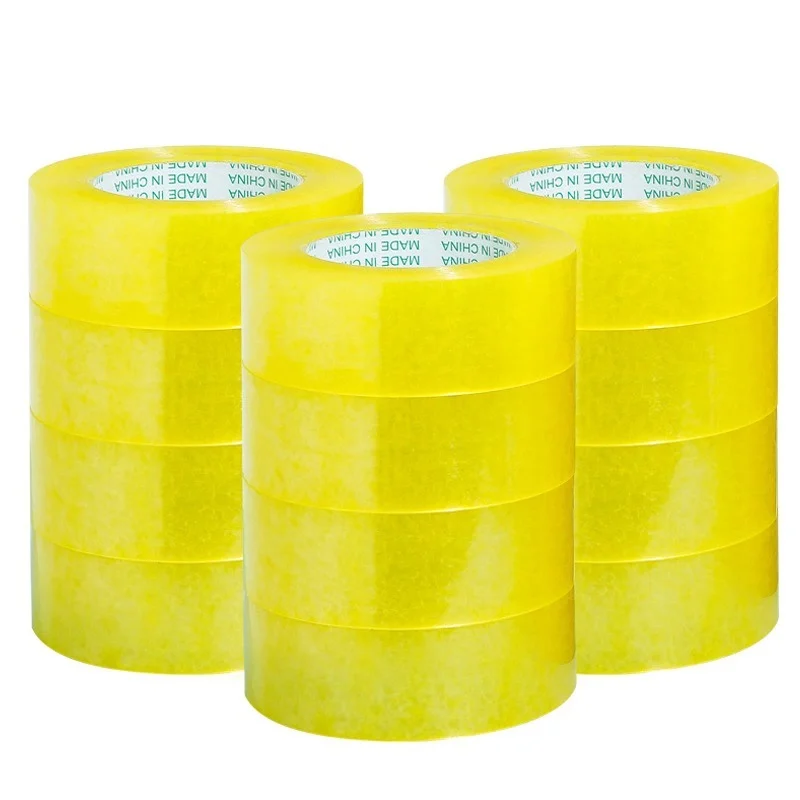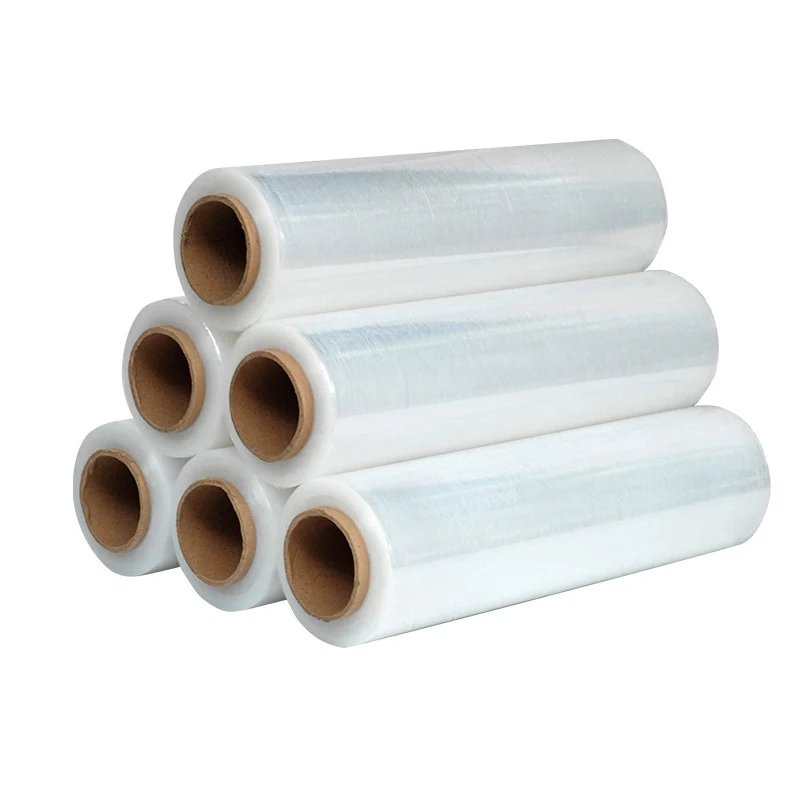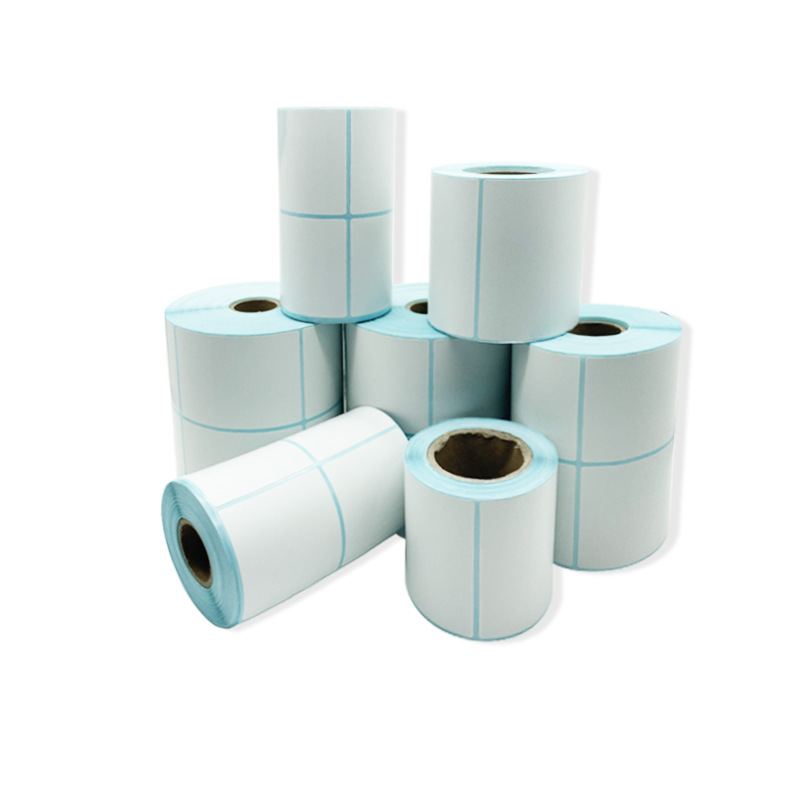Buying Greaseproof Paper Sheets on Marketplace Sites: Hacks to Spot Quality Sellers
Buying greaseproof paper sheets on marketplace sites can be an excellent way to find unique products and fantastic deals. These platforms, which feature thousands of independent third-party sellers, offer a vast and diverse selection that often goes far beyond what is available in a traditional retail store. However, this massive choice can also be a double-edged sword. The quality of both the products and the sellers can vary dramatically. To navigate this landscape successfully, a buyer needs a specific set of skills and a keen eye for detail. This guide will provide you with the essential hacks and strategies for spotting quality sellers and making smart, confident purchases on these dynamic online platforms.
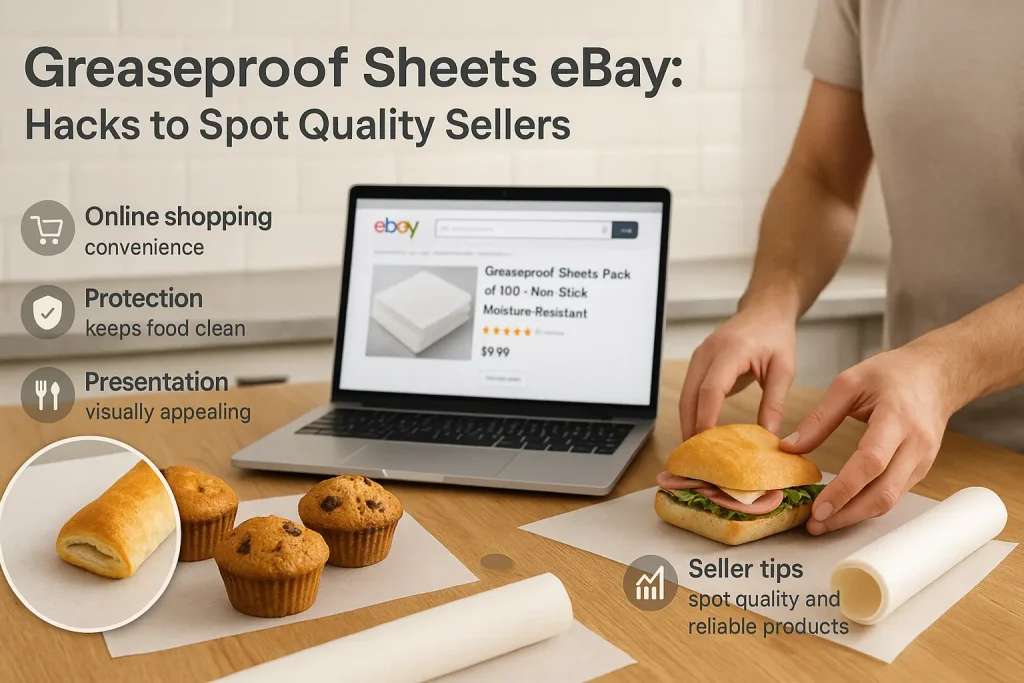
Why Shop for Greaseproof Paper on Marketplace Sites?
Before we get into the "how," it is important to understand the unique advantages and disadvantages of this particular sourcing channel. Marketplace and auction sites have a different character than a standard online store or a local supermarket. They offer a unique set of opportunities for the savvy shopper.
The Potential for Finding Unique and Bulk Deals
These platforms are a treasure trove for finding deals. You might find a business that is selling off surplus stock at a deep discount. You can often find professional-grade, bulk quantities that are not available in retail stores. This can be a very cost-effective way for a small business or a serious home baker to stock up on supplies.
Access to a Global Range of Sellers and Products
A major advantage is the global nature of these platforms. You can purchase products from sellers located all over the world. This gives you access to a huge variety of brands and types of paper that may not be available in your local market. It is a fantastic way to discover new and interesting products.
Sourcing Both New and Sometimes Surplus Stock
Most products sold will be brand new. However, these platforms are also a place where businesses sell off excess inventory or "new old stock." This can be a great way to get a high-quality product at a lower price. It is important to read the item's condition description carefully to know exactly what you are buying.
The Risks vs. Rewards of This Channel
The great potential for deals and selection comes with an increased level of risk. Unlike a traditional store with a centralized quality control system, the quality on these platforms is dependent on the individual seller. This is why the skill of vetting the seller is so crucial. The rewards can be great, but they belong to the careful and diligent shopper.
Step 1: The Art of the Search Query
A successful purchase starts with a successful search. On a platform with millions of listings, a generic search will leave you scrolling through hundreds of irrelevant pages. A precise and strategic search query is the first and most important hack for finding what you need quickly.
Using Precise Keywords to Filter Out Noise
Start your search with a specific, multi-word phrase. Instead of just "greaseproof paper," try something like "unbleached greaseproof paper sheets half size" or "white greaseproof paper roll 50 meters." The more details you can provide in your search, the more relevant the results will be. Think about the key attributes of the product you want and include them in your query.
Sorting by "Buy It Now" vs. "Auction"
Most of these platforms offer two main purchasing formats. "Buy It Now" listings have a set price, and you can purchase the item immediately. "Auction" listings involve a bidding process where the highest bidder at the end of the auction period wins the item. You can often filter your search results to show only one of these types. If you need the item quickly and do not want to participate in a bidding war, filtering for "Buy It Now" is the best approach.
Using Filters for Condition, Seller Location, etc.
Use the platform's advanced search filters to your advantage. You can narrow down the results by the item's condition (always choose "New" for a food-contact item). You can also filter by the seller's location, which can be useful if you want to reduce shipping times or costs.
Step 2: How to Analyze a Product Listing Like an Expert
Once you have a list of potential products, the next step is to analyze the individual product listings with a critical eye. A well-written, professional listing is often a sign of a professional seller. A sparse, sloppy listing is a major red flag.
The Title: Looking for Key Specifications
The title of the listing should be clear, descriptive, and contain the key information about the product. A good title will include the type of paper, the format (sheets or roll), the dimensions, and the quantity. A vague title like "Baking Paper" is a sign of an amateur or lazy seller.
The Item Description: Reading Every Single Word
This is the most important part of the analysis. You must read the full item description from top to bottom. Do not just rely on the title and the photos. This is where the seller should provide all the crucial details. For a general overview of protective papers, the Parchment paper page offers some useful context.
Here are the key things to look for in the description:
- Material Composition: Does it explicitly state that the paper is greaseproof and made from virgin pulp?
- Food-Safe Certification: Does the seller mention that the product is food-safe or food-grade? This is non-negotiable.
- Dimensions and Quantity: Are the exact measurements and the number of sheets or length of the roll clearly stated?
- Brand and Origin: Is the manufacturer's brand name mentioned? A seller who is proud of their product's quality will be transparent about this.
- Oven-Safe Temperature: Is a maximum safe temperature for oven use provided?
- Condition: The description must confirm that the item is brand new, unopened, and in its original packaging.
Scrutinizing Photos for Signs of Quality
The photos should be clear, bright, and show the actual product you will be receiving. Be wary of listings that only use generic stock photos. Look for photos of the product's packaging. Does it look professional? Can you read the details on the box? A good seller will provide multiple high-quality photos from different angles.
Understanding Item Specifics
Most platforms have a dedicated "Item Specifics" section in the listing. This is a structured table where the seller provides key data about the product. This is a great place to quickly check the brand, the color, the material, and other important features.
Step 3: The Most Important Hack: Vetting the Seller
On a third-party marketplace, you are not just buying a product; you are buying a product from a specific seller. The quality and reliability of the seller are just as important as the quality of the item itself. Vetting the seller is the most critical hack for a safe and successful purchase.
Understanding the Seller Feedback Score
Every seller on these platforms has a feedback score. This is a percentage based on the positive, neutral, and negative ratings they have received from past buyers. A professional, high-volume seller should have a feedback score of 99% or higher. A score below 98% can be a sign of potential issues. The total number of ratings is also important. A seller with a 99% rating based on 10,000 transactions is far more established than a seller with a 100% rating based on 10.
Reading the Detailed Seller Ratings (DSRs)
Many platforms also have Detailed Seller Ratings. This is where buyers can give a 1- to 5-star rating in specific categories, such as "Item as described," "Communication," "Shipping time," and "Shipping charges." These DSRs can give you a more nuanced picture of the seller's performance.
How to Read Negative and Neutral Feedback
Do not just look at the positive feedback. Take the time to read the seller's negative and neutral feedback. What are the common complaints? Are they about slow shipping, poor packaging, or the item not being as described? Also, look at how the seller responded to this negative feedback. A professional seller will often reply to a negative review with an offer to resolve the issue.
Checking the Seller's Other Items for Sale
A quick look at the seller's other items can also be very revealing. Are they a specialist in kitchen or baking supplies? Or are they selling a random assortment of unrelated items? A seller who specializes in a particular category is more likely to be knowledgeable about their products.
Identifying Red Flags of a Potentially Bad Seller
Be on the lookout for these red flags. A very low feedback score is the most obvious one. A history of recent negative reviews is also a major concern. Vague or copied-and-pasted item descriptions, low-quality photos, and a refusal to answer pre-sale questions are all signs of a seller who should be avoided.
Step 4: Price, Shipping, and Making the Purchase
Once you have found a high-quality product from a reputable seller, the final step is to analyze the price and make the purchase.
Comparing Prices: Is it Really a Good Deal?
Do not assume that the price on a marketplace site is always the lowest. Compare the price of the item to similar products on other platforms and in traditional stores. Sometimes, a "deal" is not as good as it seems once you factor in all the variables.
Factoring in the Cost of Shipping
The shipping cost is a critical part of the total price. A low item price with a very high shipping cost can be a deceptive tactic. Always look at the total, "landed" cost of the item delivered to your door. Also, pay attention to the estimated delivery time, especially if you are ordering from an international seller.
Understanding the Platform's Buyer Protection Policies
One of the great advantages of buying from a major marketplace is the buyer protection policy. These policies are designed to protect you if an item does not arrive or if it is significantly different from what was described in the listing. Before you buy, take a few minutes to read and understand the platform's specific buyer protection rules. This is your safety net in case something goes wrong.
The "Best Offer" and Auction Bidding Strategies
If a "Buy It Now" listing has a "Best Offer" option, it means the seller is willing to negotiate. It is often worth submitting a reasonable offer that is slightly below the asking price. For auctions, a common strategy is "sniping," which is placing your maximum bid in the final few seconds of the auction. This prevents you from getting into a protracted bidding war.
Comparing Marketplace Sites to Other Channels
It is useful to understand where marketplace and auction sites fit into the broader retail landscape.
Auction Sites vs. Large E-commerce Platforms
The experience of shopping on a platform that is primarily an auction and third-party seller site can be different from shopping on a large, curated e-commerce platform. A major online retailer might offer more consistency and faster shipping, as explored in guides to buying greaseproof paper sheets on Amazon. The auction site, however, may offer more unique items and the potential for a better deal.
Online vs. Brick-and-Mortar Supermarkets
The main advantage of online marketplaces is the vast selection. A local supermarket chain or grocery retailer cannot compete with the sheer number of products available online. However, the supermarket offers the benefit of immediate availability and the ability to physically inspect the product before buying.
The Broader Market for Baking Papers
The overall market for greaseproof paper is diverse, with many different channels. Online marketplaces are a significant and growing part of this market, offering a direct-to-consumer channel that is accessible to a global audience.
What to Do After You Win or Buy
Your responsibilities as a buyer do not end when you click the button. There are a few important steps to take after the purchase to ensure a smooth transaction and to protect yourself.
Paying Promptly and Communicating with the Seller
Once you have committed to buying an item, pay for it promptly. This is a sign of a good buyer and will be appreciated by the seller. If you have any questions after the sale, communicate with the seller through the platform's official messaging system. This keeps a record of all your communications.
Inspecting the Item Immediately Upon Arrival
As soon as the package arrives, open it and inspect the item carefully. Does it match the description and photos from the listing? Is it the correct quantity and size? Is there any damage from shipping? Do not wait to do this.
What to Do if the Item is Not as Described
If the item is not what you were expecting, the first step is to contact the seller directly through the platform's messaging system. Explain the problem politely and clearly. A reputable seller will almost always be willing to work with you to find a solution, such as a partial refund or a return. If you cannot reach a resolution with the seller, you can then open a case through the platform's buyer protection program.
Final Thoughts
Buying greaseproof paper sheets on marketplace sites can be a highly rewarding experience for the informed shopper. These platforms offer a gateway to a global selection of products and the potential for excellent value. The key to success lies in being a diligent and critical consumer. By mastering the art of the search, meticulously analyzing the product listings, and, most importantly, thoroughly vetting the reputation of the seller, you can confidently navigate the vast options. These simple hacks will allow you to avoid the pitfalls and to consistently find high-quality, food-safe products that are perfect for your needs.
JERL has been working hard on the road of custom packaging. Next time when you feel the need to impress someone with your brand, think of JERL Packaging!
